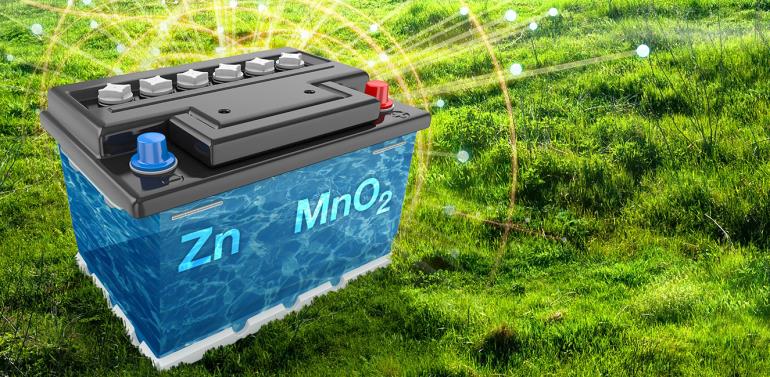Various battery technologies strive to be more environmentally friendly by addressing concerns related to resource extraction, recycling, and minimizing environmental impact. Here are some examples:
-
Lithium Iron Phosphate (LiFePO4) Batteries:
- LiFePO4 batteries are a type of lithium-ion battery that uses iron and phosphate instead of cobalt, nickel, and manganese. These batteries are considered more environmentally friendly due to the lower environmental impact of their raw materials and improved safety characteristics.
-
Sodium-Ion Batteries:
- Sodium-ion batteries are being explored as an alternative to lithium-ion batteries. Sodium is more abundant and less expensive than lithium, making these batteries potentially more sustainable. They can use materials that are less environmentally harmful and easier to source.
-
Nickel-Iron (NiFe) Batteries:
- NiFe batteries, also known as Edison batteries, use nickel and iron as electrodes. They have a long lifespan and are known for their durability and recyclability. The materials used in these batteries are less toxic than some other chemistries.
-
Zinc-Air Batteries:
- Zinc-air batteries use zinc and oxygen for their electrochemical reactions. Zinc is abundant and relatively non-toxic. These batteries are considered environmentally friendly, especially if the zinc can be efficiently recycled.
-
Lithium-Iron Magnesium Phosphate (LiFeMgPO4) Batteries:
- LiFeMgPO4 batteries are an advanced lithium-ion battery variant that incorporates magnesium. Magnesium is more abundant than cobalt or nickel, reducing the environmental impact associated with mining.
-
Solid-State Batteries:
- Solid-state batteries use solid electrolytes instead of liquid or gel electrolytes. This design can improve safety, increase energy density, and reduce reliance on certain rare or environmentally problematic materials.
-
Recyclable Batteries:
- Some manufacturers are focusing on designing batteries with recyclability in mind. This includes using materials that are easier to extract and reuse, as well as developing efficient recycling processes for end-of-life batteries.
-
Second-Life Batteries:
- Rather than discarding batteries after their initial use, some manufacturers are exploring "second-life" applications. Batteries that are no longer suitable for demanding tasks like powering electric vehicles may still have sufficient capacity for less demanding applications, such as energy storage in stationary systems.
-
Eco-Friendly Electrolytes:
- Researchers are investigating the development of environmentally friendly electrolytes, such as water-based electrolytes or those based on benign and abundant materials.
While these technologies contribute to more sustainable energy storage solutions, it's important to consider the entire lifecycle of a battery, including raw material extraction, manufacturing processes, energy density, recycling capabilities, and disposal methods, to truly assess their environmental impact. Ongoing research and development aim to improve the eco-friendliness of battery technologies.
Thank you.

